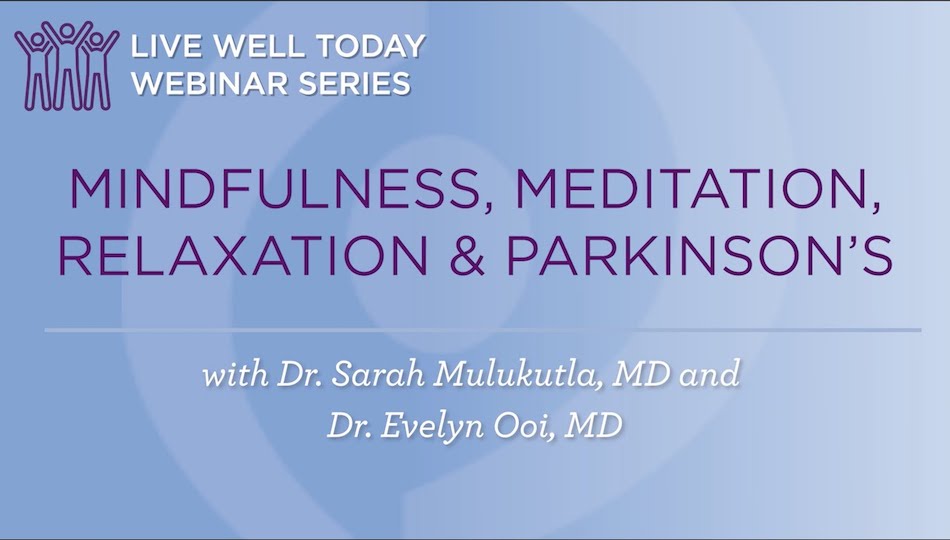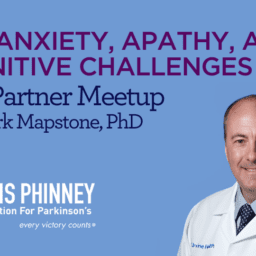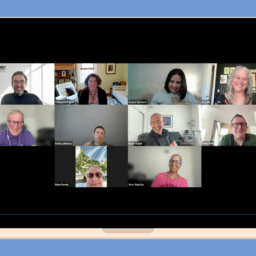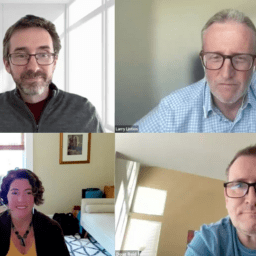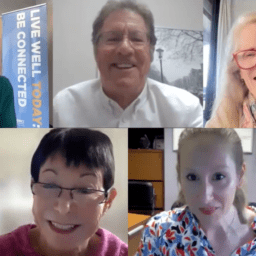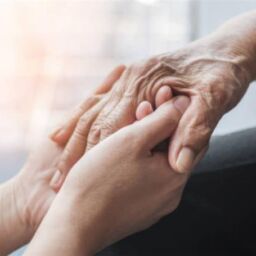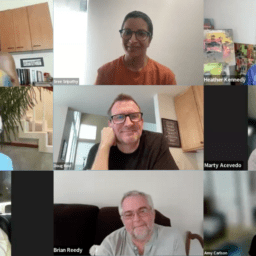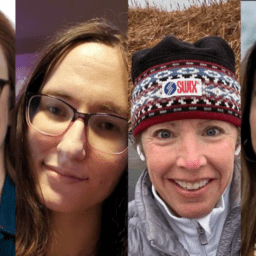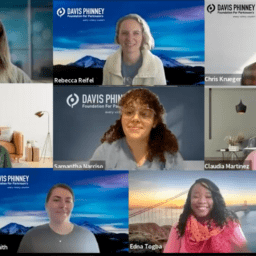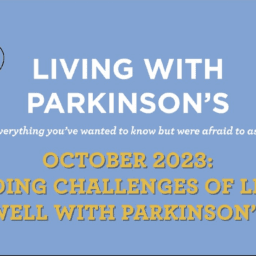The practices of mindfulness, meditation, and relaxation, beneficial to everyone, can be particularly beneficial for people living with Parkinson’s. In this conversation with Dr. Sarah Mulukutla and Dr. Evelyn Ooi, we talk about the value of learning these psychological, emotional, and spiritual tools to manage the challenges that come with living with Parkinson’s.
You can download a PDF of the transcript here.
Note: This is not a flawless, word-for-word transcript, but it’s close.
You can download the audio here.
About the SpeakerS
Dr. Sarah Mulukutla
Board-certified neurologist and founder of Mindful Neurology, PLLC
Location: New York
 Dr. Sarah Mulukutla, MD, MPH, is a board-certified neurologist and national leader in integrative neurology. She is also a yoga practitioner and has been a student of yoga philosophy for 20 years. She incorporates principles of yoga and meditation into her research to treat neurological conditions and has taught meditation to physicians and patients since 2012. After completing neurology training at Yale, Dr. Mulukutla worked for two years at Stamford Hospital in Stamford, CT, treating people with stroke and other neurological emergencies. In 2016, she founded the Section on Neurohealth & Integrative Neurology at the American Academy of Neurology. This platform has given her a national stage to teach about mind-body medicine and advance the dialogue in complementary therapies and holistic neurology care. She is also the founder of Mindful Neurology.
Dr. Sarah Mulukutla, MD, MPH, is a board-certified neurologist and national leader in integrative neurology. She is also a yoga practitioner and has been a student of yoga philosophy for 20 years. She incorporates principles of yoga and meditation into her research to treat neurological conditions and has taught meditation to physicians and patients since 2012. After completing neurology training at Yale, Dr. Mulukutla worked for two years at Stamford Hospital in Stamford, CT, treating people with stroke and other neurological emergencies. In 2016, she founded the Section on Neurohealth & Integrative Neurology at the American Academy of Neurology. This platform has given her a national stage to teach about mind-body medicine and advance the dialogue in complementary therapies and holistic neurology care. She is also the founder of Mindful Neurology.Dr. Evelyn ooi
Assistant Professor of Clinical Neurology and Assistant Attending Neurologist, New York Presbyterian and Weill Cornell Medicine
Location: New York, NY
 Dr. Ooi is an Assistant Professor of Clinical Neurology and Assistant Attending Neurologist at New York Presbyterian and Weill Cornell Medicine, specializing in Parkinson’s and other movement disorders. Dr. Ooi completed a neurology residency at SUNY Downstate, where she served as Chief Resident during her final year of training and was awarded Resident Physician of the Year. She completed a two-year Movement Disorders fellowship at Mount Sinai Beth Israel. She now practices and teaches at New York Presbyterian and Weill Cornell Medicine. Dr. Ooi offers compassionate and individualized care in Movement Disorders and participates in clinical trials to find better ways to prevent, screen for, diagnose, and treat Parkinson’s and related disorders, with the hope of improving mobility and quality of life for her patients.
Dr. Ooi is an Assistant Professor of Clinical Neurology and Assistant Attending Neurologist at New York Presbyterian and Weill Cornell Medicine, specializing in Parkinson’s and other movement disorders. Dr. Ooi completed a neurology residency at SUNY Downstate, where she served as Chief Resident during her final year of training and was awarded Resident Physician of the Year. She completed a two-year Movement Disorders fellowship at Mount Sinai Beth Israel. She now practices and teaches at New York Presbyterian and Weill Cornell Medicine. Dr. Ooi offers compassionate and individualized care in Movement Disorders and participates in clinical trials to find better ways to prevent, screen for, diagnose, and treat Parkinson’s and related disorders, with the hope of improving mobility and quality of life for her patients.Thank You to Our 2023 Live Well Today Webinar Series Presenting Sponsors
*While the generous support of our sponsors makes our educational programs available, their donations do not influence Davis Phinney Foundation content, perspective, or speaker selection.


